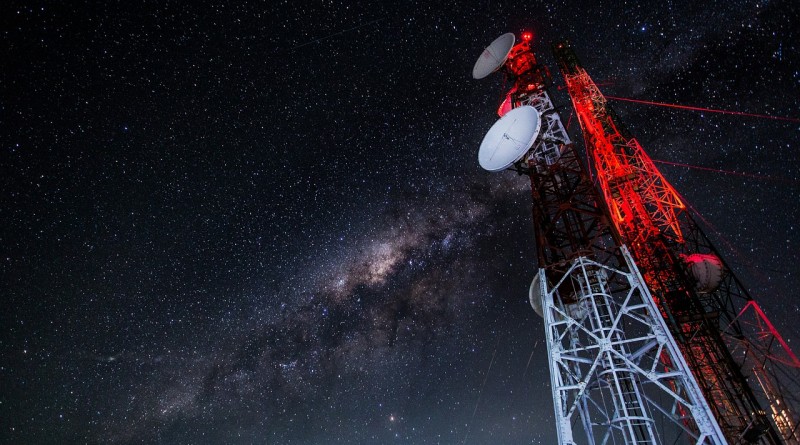Is there life elsewhere in the Universe? When can we go see it?
SHORT ANSWER
Probably, but we’re unlikely to visit aliens any time soon.
FULL STORY
The only known life in the Universe in on Earth.
But just because we haven’t discovered other life doesn’t mean it isn’t there. If you consider the seven characteristics of life, combined with the infinite space around us, there is probably life somewhere else.
As Neil deGrasse Tyson says: “Most astrophysicists accept a high probability of there being life elsewhere in the Universe, if not on other planets or on moons within our own solar system.”
Mars, our nearest celestial neighbour, is the most likely home of living species in the Solar System. Its weather and yearly cycles are closest to our own, although it is currently in an ice age.
In 2008 the NASA probe Phoenix found evidence of the long-suspected lakes of ice under the polar caps of Mars. Where there is ice, there could once have been liquid water, which may have supported life.
Sadly, with the planet experiencing a winter that would have Jon Snow and his Night’s Watch buddies reaching for extra thermals, it has not so far been possible to tell if any organisms exist within the ice.
The European Space Agency Is also looking for signs of life on one of Jupiter’s icy moons.
Other – perhaps more likely – candidates are out there… far further out there.

NASA has found an Earth-size planet orbiting in the “habitable zone” of another star. Unfortunately the catchily named Kepler-186f is about 500 light years away, so our chance of having a pint of beer with the Kelper-186f-ites seems slim for now.
Another planet, Kepler-452b, has been dubbed “Earth 2.0” – but this one is 1,400 light years away.
And this is where the main problem lies.
Instead of fantasising about a “First Contact” scenario in the near future, we need to overcome the issue of travelling the massive distances to other planets. After all, man (if you exclude Tom Cruise) has only set foot and Earth and the Moon so far.
The main problems are highlighted by NASA as “Grand Challenges”, which include finding better ways to power space travel and avoiding debris.
Surviving the conditions out in the big dark yonder is also tricky. The physical and mental effects of space travel include bone and muscle atrophy, sleep deprivation, disease and depression. This explains why in most deep space science fiction films, somebody goes bananas and tries to kill the rest of the crew.
But people are working on it.
NASA’s primary function is “to reach for new heights and reveal the unknown so that what we do and learn will benefit all humankind”. So they’re on the case.
Private investors including Virgin Galactic, Space Adventures Ltd, Boeing and SpaceX are also trying to make space travel more efficient and affordbale.
And we’ve got our eyes and ears open for aliens coming to us. Professor Stephen Hawking has started a 10-year project to listen for broadcast signals from a million of the stars closest to Earth.
So while we may not be chin-wagging with ET, Jabba the Hutt and Commander Worf just yet, there are people trying to break the barriers holding us back.




